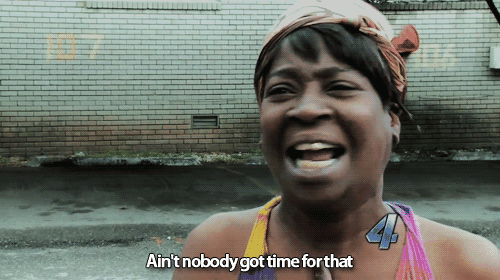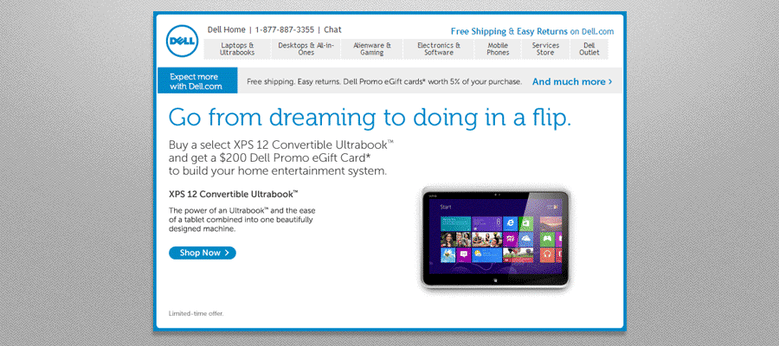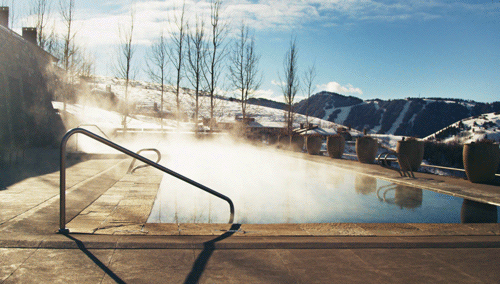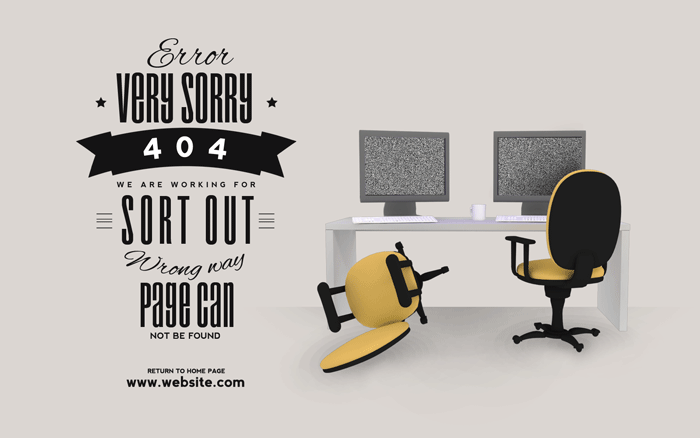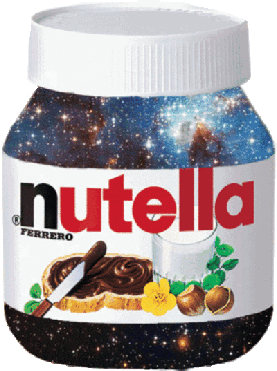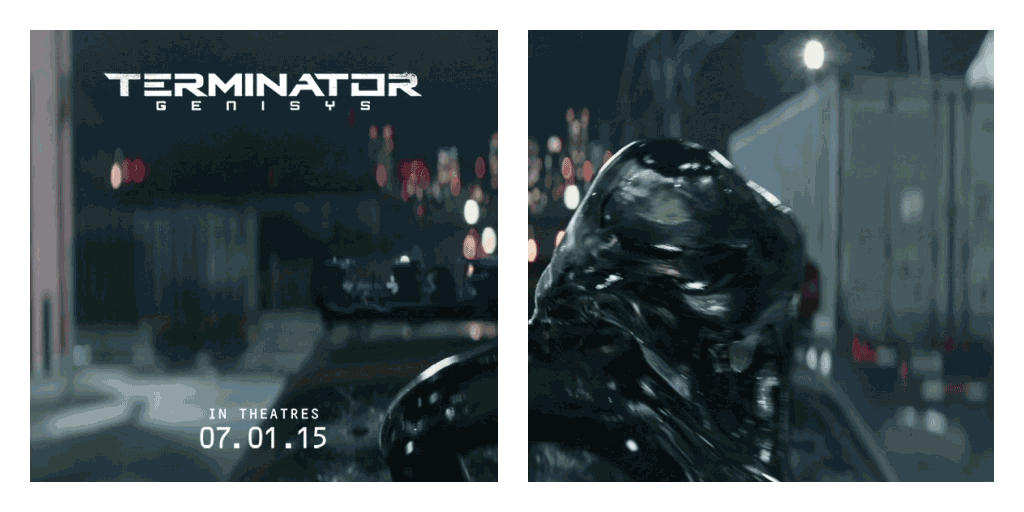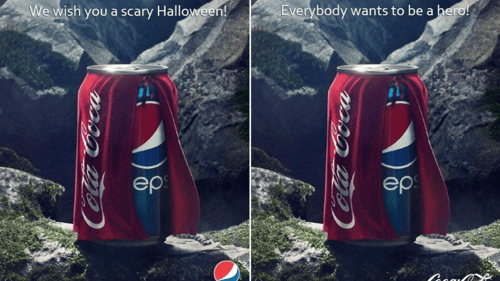Ah, the animated GIF. Before there was flash, before the advent of streaming and Web 2.0 – there was the GIF. It’s hard to believe, but the GIF is 137 years old! One thing’s for certain, this is the GIFt that keeps on giving, and it’s hard to imagine an internet without it.
What is the secret to its survival? It’s fair to say that brevity is the soul of the GIF, as it offers a 3 second animated solution for those with the attention span of a goldfish (i.e. the majority of internet users today).
However, the GIF is also a powerful animation tool for brands, and you can leverage this in many ways online. So from keeping up with the Obamas to showing off your product, here’s our guide to using the animated GIF in your digital marketing strategy.
What exactly IS a GIF?
So, we’ve all seen the effective and emotive power of the animated image. Put perfectly by Mr Joe Puglisi, Creative Strategist at Buzzfeed:
‘If a picture is worth a thousand words, a GIF is worth 10,000’.
Spot on.
But what exactly is a GIF, (you’ve been too proud to ask out loud this late in the game), and what does it have to do with my marketing strategy?!
To explain, we’ll have to make a bit of a chronological jump. GIF stand for Graphics Interchange Format, and it was born before the popular explosion of video. In fact, the GIF is probably the grandfather of Web 2.0 video. The GIF tells a story more than a static image ever could – it is literally a series of timed images patched together, invented by photographer Eduard Muybridge in 1878 (aaaaincent!). It was eventually developed for the web in 1987 by CompuServe.
Early incarnations of the GIF on the interwebs include the ingenious ‘Peanut Butter Jelly Time’ – many of you will remember that dancing banana. What a guy.
However GIFs disappeared from the scene when Web 2.0 took hold, around the time that the dreaded internet dial tone was finally replaced. As internet speeds increased, streaming became popular and YouTube colonised rich media. However, one fine day, GIFs got cool again. They were recycled and reborn in new ways, as users realised the advantage of snackable content over long-form videos.
Ain't nobody got time for those.
They were also perfect for getting your point across with rough-and-ready memes (see above) - or to explain your feelings in a fun, ironic way. On Tumblr in particular, GIFs are essentially a language all of their own, full of in-jokes, sarcasm, and humour. For most brands, Tumblr is still unexplored waters but for adventurous, youth-focused brands, Tumblr could be a real goldmine.
But how is GIF pronounced?
GIF? or JIF? First thing’s first – how is it pronounced? In 2014, the American government decided this phonetic mess was to be cleared up once and for all. So in between political debates on the legalisation of weed and the dilemma of gun violence, the correct pronunciation of GIF was approached with hardened resolve.
"It’s pronounced GIF," Barack announced gravely. That's GIF with a soft g, in case you're wondering. Phonetically, that's jif.
Sighs of relief could be heard all round the sphere of content marketing. We have publishing in our DNA, after all, and this means an unfailing thirst for detail. So now we can pronounce it accurately, we can go forth with confidence in incorporating these animated images into our content strategies far and wide.
The power of the GIF for your digital marketing strategy
The GIF may seem like a simple device for rendering animated cats and sarcastic eye rolls. But it runs deeper than this, and it wears many content marketing hats. The GIF is not just for emailing your buddies that latest and hilarious footie meme or celeb facial reaction. It has lots of commercial brand potential too! Read on to discover six innovative and cool ways GIFs are being used by brands.
1. Promoting a new product
Are you proud of your recently-released product? Of course you are. Now you can build hype and highlight key features and benefits in a three second GIF. The GIF can do this much better than a video. Why? Because a GIF’s frame-by-frame nature lets us stop and focus on a single moment or detail, which can fly by in a video stream.
These are the figures of the results of Dell’s brave GIF-centred campaign (kindly provided by MarketingSherpa).
- 6% increase in open rate
- 42% increase in click rate
- 103% increase in conversion rate
- 109% increase in revenue
Swit-swoo. You can’t really argue with that.
GIFs also give brands the opportunity to show sneak previews of their new product – this works great for movie releases, and anything which may involve something cute, as can be seen here for Minions:
2. Jazzing up your website with a Cinemagraphic GIF
Why not make your homepage feel a little ‘lived in’? Brands can use Cinemagraphic GIFs on their homepage to engage your customers visually, communicate your brand values and enhance your USPs.
This works especially if your brand is focused on scenic visuals or photography. A Cinemagraphic GIF works best as it contains only one or two subtle motions – this can be used to communicate the atmosphere of a peaceful scene (like a tropical resort in the Bahamas). The beauty of these GIFs is that they give the feeling that time is dreamily passing instead of looping.
Ahhh this is the life.
Here’s another great example of a Cinemagraphic GIF, used for a 404 page. The little bit of movement helps to add charm to a negative user experience and livens up an otherwise quite dull page.
3. Experimenting with the InfoGIF
If 2014 was the year of the infographic, 2015 will be the year of the InfoGIF. Yes, we could have made that word up. (If it already exists – shoot!).
Here at 256 Media, we are creating animated infographics and bite sized graphics with a little extra ‘zing’. These are one step ahead of the static graphic – they’re eye catching, charming and most importantly of all, they are more effective at communicating a message or telling a story.
These smaller bite-sized graphic GIFs are perfect for sharing on Twitter and catching attention on that fast moving stream. Keep an eye on our site and we'll upload our client's InfoGIFs as they go live.
4. Showing your customers you have a funny bone
The mainstream use of a GIF is to convey an emotive reaction in a humorous way. This is usually best achieved when catching a facial expression or that perfect eye roll. The looping nature of a GIF helps to capture and communicate that emotional reaction to a given topic or current event. Whether you’re expressing your opinion in a blog post or on social media, you can use a GIF to soften the edges and to complement a light-hearted tone.
5. The GIF as a user-generated goldmine
GIFs are now widely accessible to all as they are much easier to make. There are many free online tools available, such as the original MakeAGif.com, while more digitally savvy content creators use tools like Photoshop to GIF just about every second of their favourite TV shows and videos. While these user generated GIFs may seem heavily meme-dependent, there is also digital marketing potential for creative brands.
A good example is when Nutella asked people to experiment with the messaging on their packaging. Some users went astronomical with the idea, taking their love for the brand to a whole new level. You could say their dedication was out of this world...
When running your next social campaign, why not ask your users for their input and get creative with GIFs? You can provide the visual and ask them to add a tagline, or you can provide a tagline and ask them to make their own GIF.
6. GIFs are perfect for social media
That darn dynamic News Feed – it moves so fast and it’s tricky to keep your engagement levels afloat. To make sticky content that will catch the thumbs and cursors of social browsers, you want the kind of content that is lively, entertaining, and that can get a message across in less than a minute.
Which is where GIFs can come in.
Since June 2014, Twitter has supported GIFs. Aptly, Twitter made the announcement with a tweeted GIF. This was back in the days before autoplay, so you'll have to click the GIF to get it to play. How old school.
https://twitter.com/support/status/479307198901026816
In June 2015 (a year late to the party) Facebook announced that it now supports GIFs too! Better late than never. But our excitement was short-lived, as this privilege has not yet been extended to Facebook’s business pages. But this is very possibly in the pipeline – here’s the update straight from the horse’s mouth: ‘While Pages cannot currently post GIFs, we are exploring ways to enable this in the future’.
Pinterest also introduced GIFs in 2014, with the inclusion of a GIF ‘play’ button. This solved the issue of too much clutter and noise on the neat Pin-board architecture of their site. Given that Tumblr is pretty much built on GIFs, they've been leading the way for years.
GIFs are here and likely they're going to stick around. Brands are getting more inventive and taking clever steps. Film studio Paramount recently teamed up with Giphy to make really cool GIFs to promote Terminator Genisys. While the film wasn't so well received, the GIFs made a splash.
GIFs, despite their brevity, are creative tools and every brand could do well to have a couple of them tucked away in their arsenal. Whether you use them to spice up your infographics, to liven up your website or to inject some humour in a blog post, they have multiple uses and serious potential for your content in 2015.
To get on the GIF train, get in touch with us. In the meantime, follow us on Facebook, Twitter, and Pinterest to keep up with all things content and digital media related.

Previous Post
How to make your CFO go weak at the knees (and approve increased content marketing spend)
Next Post

7 Steps for Creating Content that Matters to Millennials
Subscribe Here
You may also like...
Nicole Thomsen | Dec 11, 2023
Nicole Thomsen | Nov 6, 2023
Nadia Reckmann | Nov 2, 2023




